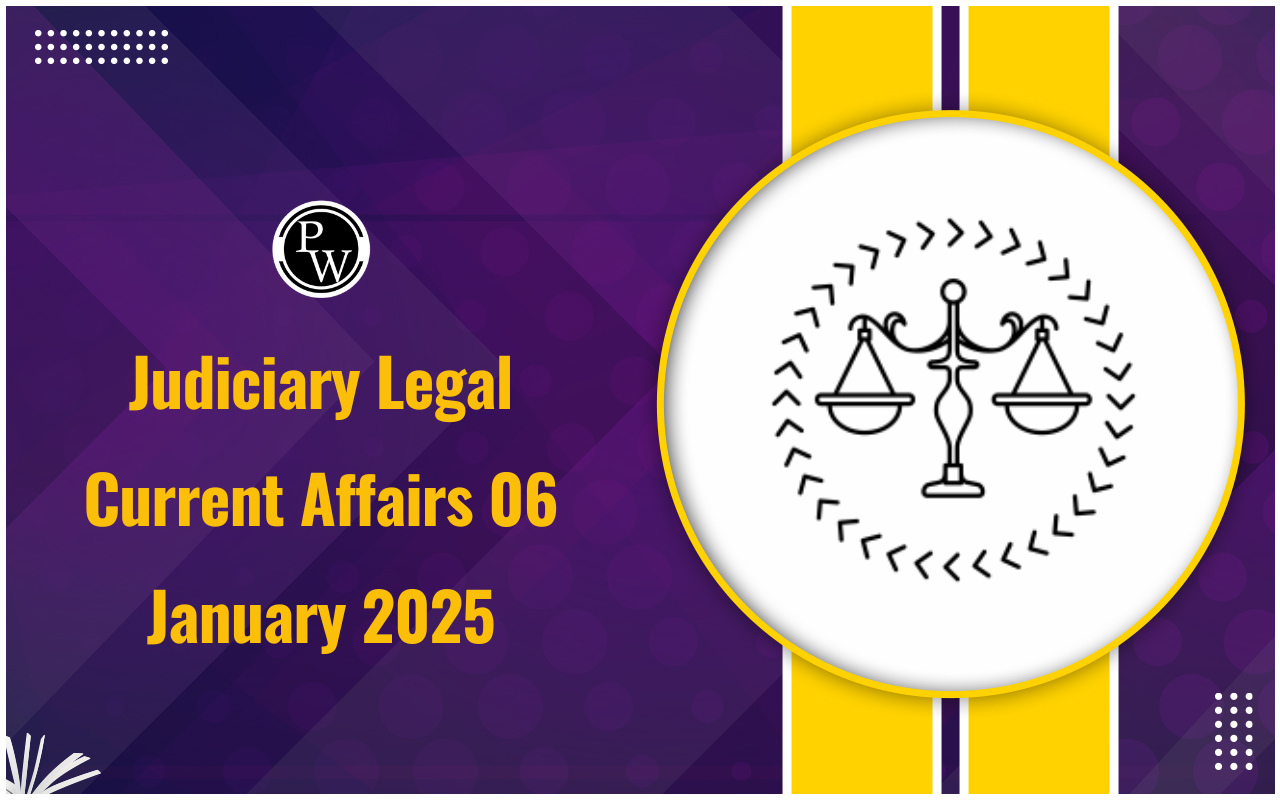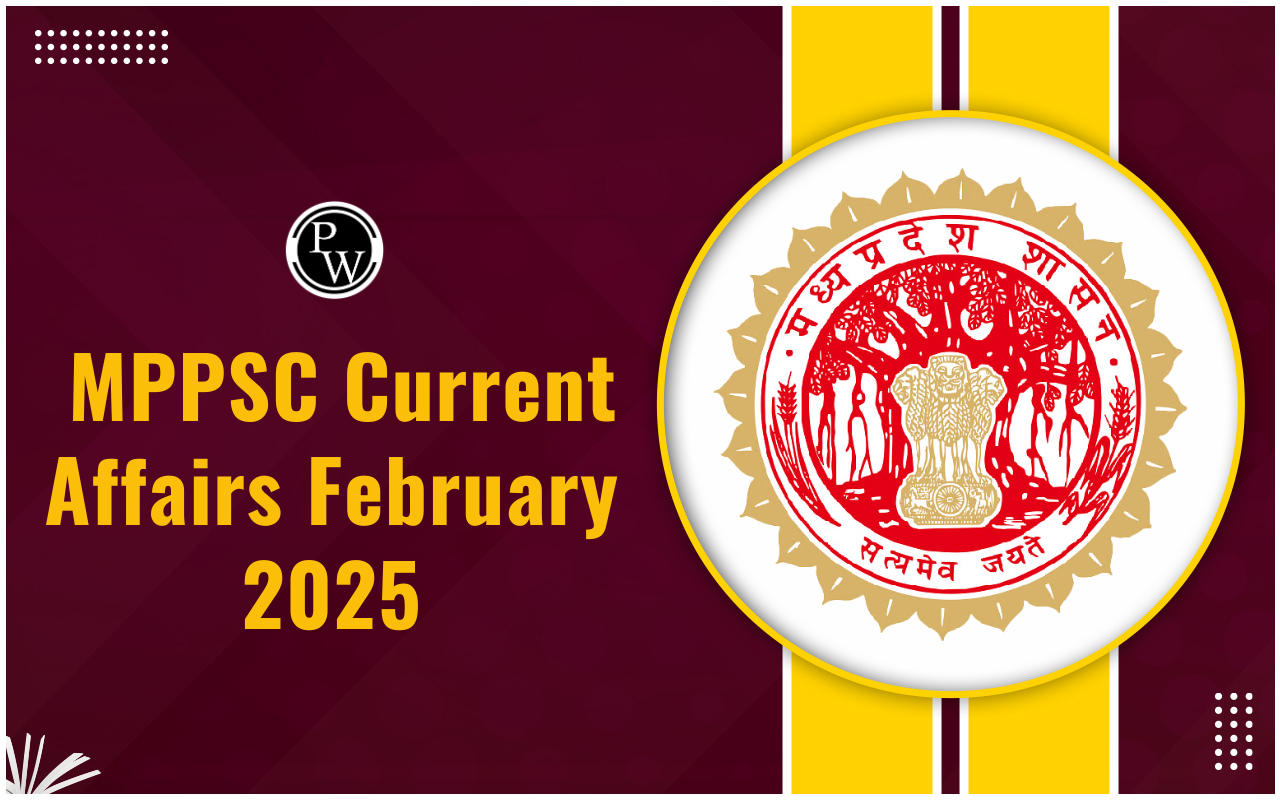
Repo and Reverse Repo Rate: Six times a year, policymakers, economists, academics, bankers and credit institutions wait for the decisions of the Monetary Policy Committee of the Reserve Bank of India to find out about two very important interest rates. These are repo rate and reverse repo rate.
In the complex environment of monetary policy and financial markets, these base interest rates play a key role in the overall health of the economy. These interest rates are the main tools used by central banks to regulate liquidity, control inflation and stabilize the economy.Repo and Reverse Repo Rate
Repo Rate: The meaning of repo rate refers to the rate at which the Reserve Bank of India (RBI) lends money to commercial banks. The term "Repo" is derived from the word "repurchase agreement". Simply put, repo involves a short-term lending arrangement where financial institutions, usually commercial banks, sell securities to a central bank, in this case the RBI, with an agreement to buy them back at a predetermined future date and price. Repo Rate is therefore the interest rate at which the central bank lends money to commercial banks against the guarantee of government securities.
Reverse Repo Rate: When the scenario reverses, i.e. when RBI borrows from commercial banks, banks will pay RBI Reverse Repo Rate. This means that the RBI pays interest to the commercial banks for their loan by selling them securities. Here, the central bank buys securities from commercial banks with an agreement to sell them back later at a fixed price. It acts as a means of absorbing excess liquidity from the financial system.
What is the Current Repo Rate?
In a significant move, the Monetary Policy Committee (MPC) announced a 0.25% increase in the repo rate on February 8, 2023. This will take the new repo rate to 6.50 percent. The decision was made considering the prevailing economic conditions, focusing on curbing inflation and ensuring financial stability. The repo rate was previously raised on December 7, 2022, when it was 6.25%.What is the Current Reverse Repo Rate?
The current RBI reverse repo rate in India is 3.35% Maintaining today's reverse repo rate is crucial for investors, policy makers and all those involved in financial markets. Monitoring changes in this rate provides valuable information about RBI's monetary policy stance and economic outlook. In addition, changes in the reverse repo rate can signal changes in market sentiment, affecting asset prices and investment strategies.What is Reverse Repo Rate Normalization?
This means that the reverse repo rates will rise, ie. will increase the reverse repo rate by one or two increments. Due to rising inflation, several central banks around the world have either raised interest rates or announced that they will do so soon. In India too, the RBI should raise the repo rate. But before that, the RBI is expected to raise the reverse repo rate and reduce the spread between the two rates.Importance: The purpose of the normalization process is primarily to control inflation. This not only reduces excess liquidity but also leads to higher interest rates in the Indian economy. Thus reducing the demand for money from consumers (because it would make more sense to just keep the money in the bank) and more expensive for companies to borrow new loans.
Difference Between Repo Rate & Reverse Repo Rate
The main differences between Repo Rate and Reverse Repo Rate are based on the viewpoints of the lender and the borrower. It also differs from the impact of interest rate changes.- Repo rate and Reverse Repo Rate conflict. Banks borrow money from RBI at Repo Rate and on the other hand they lend money to RBI at Reverse Repo Rate.
- RBI uses repo rate to control inflation and reverse repo rate to control money flow
- Repo rate adds liquidity to the market during repo. exchange rate absorbs liquidity from the market
- Usually the reverse repo rate is lower than the repo rate.
Similarities Between Repo Rate & Reverse Repo Rate
The Policy rates may vary between banks and RBI depending on who the lender and borrower are. However, they have the same board and the same goals. The similarities between the two are:- The Monetary Policy Committee (MPC) headed by the Chairman of the RBI decides both the Repo Rate and the Reverse Repo Rate.
- Both are part of the Liquidity Adjustment Facility (LAF), a monetary policy that allows banks to lend through repurchase agreements.
- Both are tools of RBI to control the bank loan floating in the market. When the interest rate changes, the amount of market money increases or decreases. Concentration or dilution of funds affects investments and their diversity in financial markets.
- Both repo and reverse repo rates aim at price stability, which improves the efficiency of the financial system. It ensures economic development of the country.
- Both are short-term mechanisms of RBI to control liquidity and inflation. Both have a deadline of 7 days or 14 days, because after the deadline, the money must be refunded.
Repo Rate and Reverse Repo Rate FAQs
Q1. What is repo rate and reverse repo rate?
Q2. What is the Current Repo Rate?
Q3. What is the Current Reverse Repo Rate?
Q4. What are the differences and similarities between Repo rate and Reverse repo rate?










